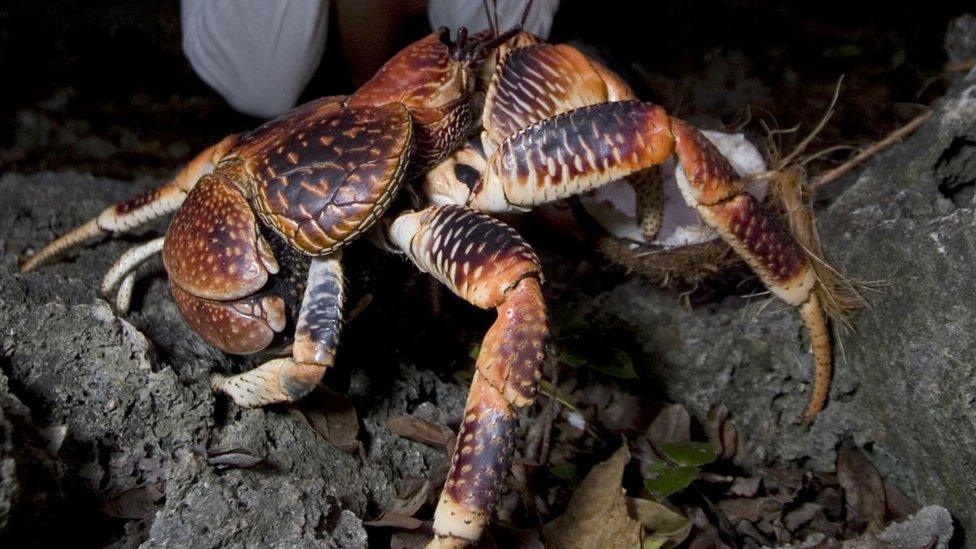The funky-looking crab with eyes like mini-footballs
- Published
- comments
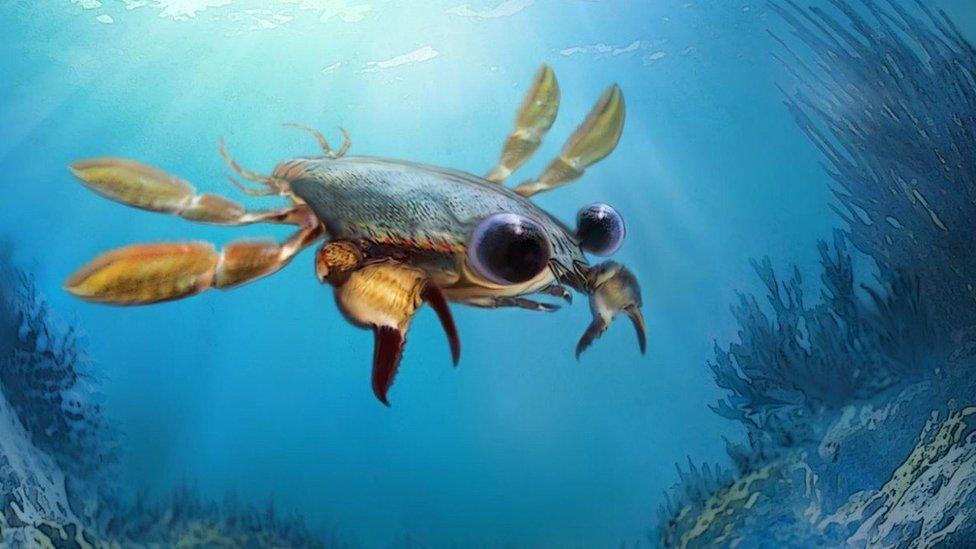
Meet the small, funky-looking pocket-sized crab that swam in the sea 95 million years ago.
The new species named Callichimaera perplexa has been discovered by scientists, and it's very different from the crabs we're familiar with these days.
Its name means "perplexing beautiful chimera," and is connected to a Greek mythological creature that had body parts from different animals.
Researchers can tell from the fossils that it had a outer shell like a lobster, legs flattened like oars, and massive eyes sticking out the top of its head.
Researchers say this shows that the creature must have needed to see very well to catch food and protect itself.
Javier Luque, a postdoctoral palaeontologist at Yale University and the University of Alberta, said the "cute" and "unusual" discovery is going to make scientists "rethink what a crab is".
He thinks the C. perplexa is likely to have used its large eyes, not to mention its powerful claws, to hunt tiny crustaceans, such as comma shrimp.
"We don't think they were filter feeders," Luque said. "We think they were actually active predators."
The crab's body was about the size of a 10p coin.
Its eyes were so large that, had it been a human, it would have had eyeballs as big as footballs.
Its legs were built more for swimming, not crawling.
Its wrench-like claws made it a powerful little hunter.
Luque made the discovery in 2005 in the mountains in Pesca, Boyaca, in Colombia.
At the time he was geology student and was out hunting for fossils when he uncovered a collection of shellfish like shrimp, lobsters and crabs with big, bulbous eyes.
Luque studied the fossils for years and now he and his research team have published their findings in the journal Science Advances.
When where the crabs around?
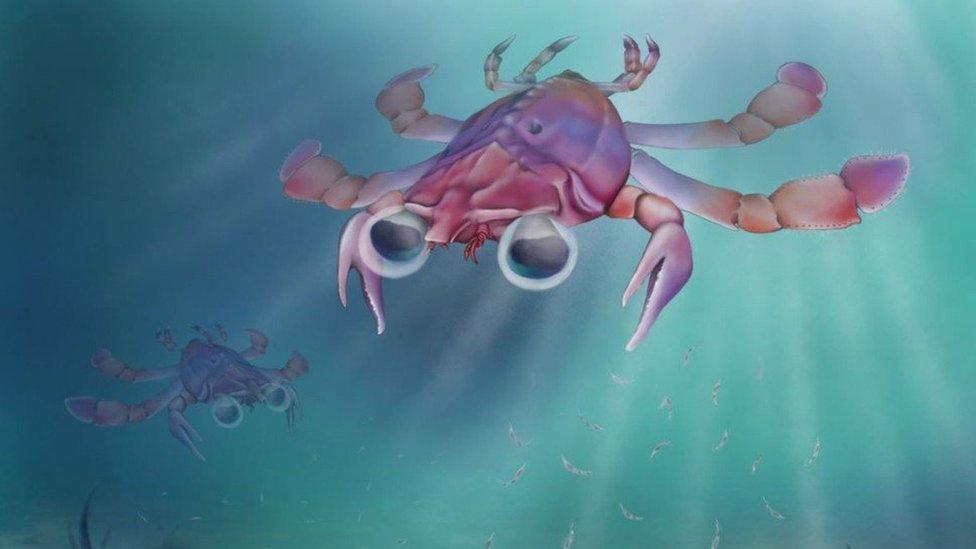
The crab lived during the mid-Cretaceous period - when dinosaurs were on Earth - and is thought to have lived in what is now Colombia, Northern Africa and the United States.
Heather Bracken-Grissom, an evolutionary biologist at Florida Internal University, has called it a "bizarre find", but said the discovery will allow scientists to re-evaluate what they know about the 7,000 species of crabs living today.
She added: "This new transitional fossil is making us rethink how crabs have evolved over time because it's introducing this unique body form we weren't aware of before."
- Published2 April 2019
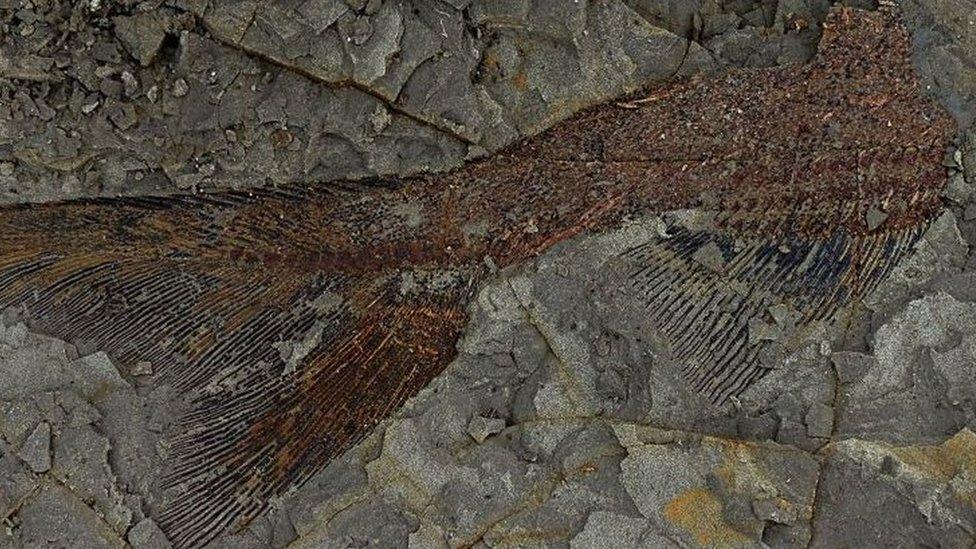
- Published26 April 2017

- Published17 April 2024
- Published7 May 2016
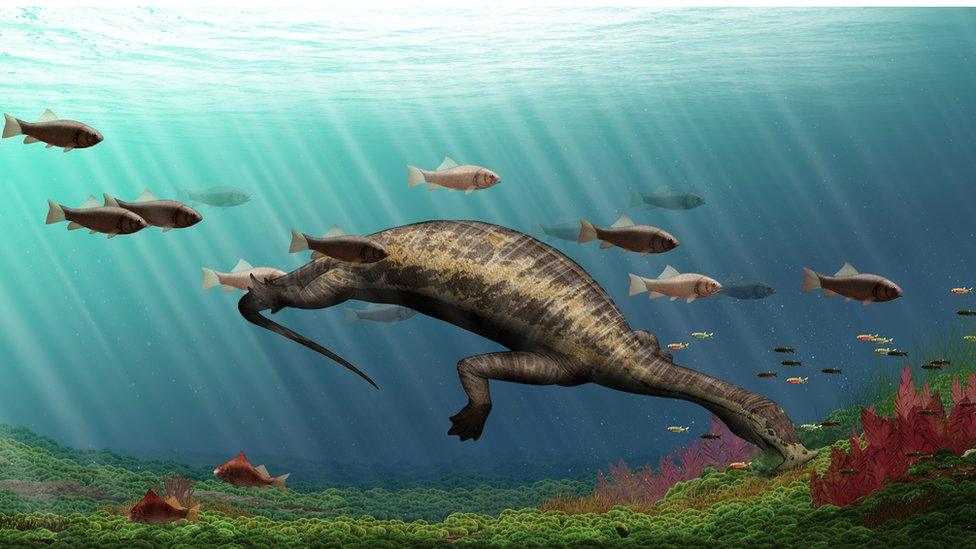
- Published24 November 2016
